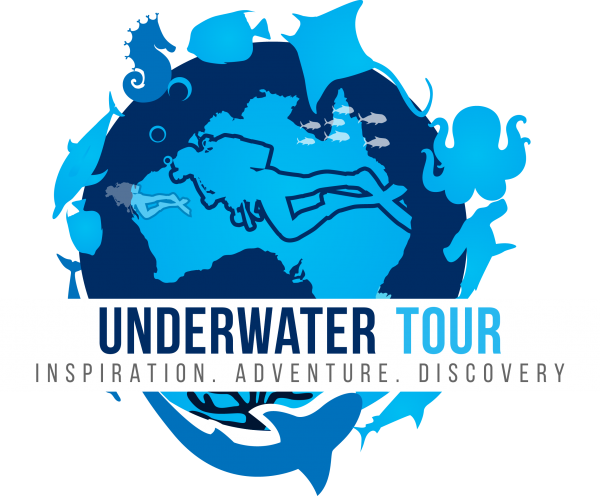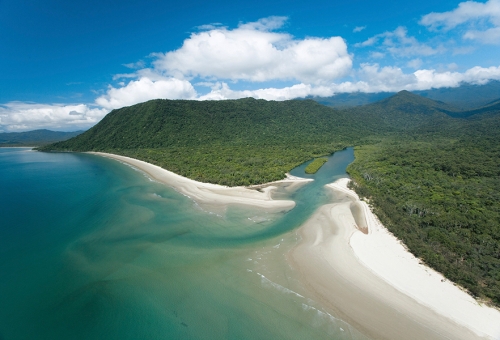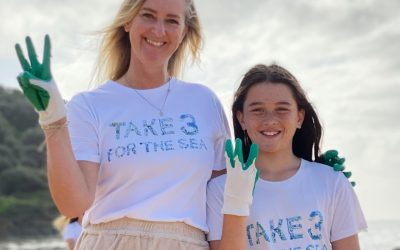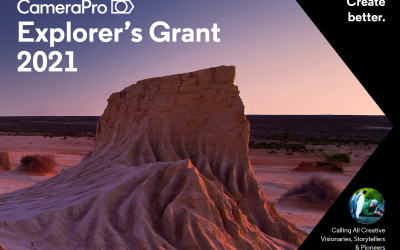Rainforest Rescue’s Daintree Vision 2040
When two World Heritage areas lie immediately adjacent to one another, there is bound to be some level of interaction between them. This is certainly the reality of far north Queensland’s Wet Tropics Daintree Forest and the Great Barrier Reef. The GBReef and the Daintree Rainforest share a number of similarities, aside form their location. Both of these stunningly beautiful areas are blessed with significant levels of biodiversity. Both have life forms that exist nowhere else on the planet. Both are internationally recognised as remarkable and critically important ecosystems to protect – both for now and the future.
We know that these two important ecosystems offer a great deal to the well being of their surrounding areas. But they also share a symbiotic relationship that is vitally important, and this relates to water – specifically to water quality.
Daintree is Australia’s LARGEST rainforest, arguably the most biodiverse environment on the planet, compared to the Amazon at 55 million years. Continuously evolving and growing, living and breathing for180 MILLION YEARS, the Daintree Rainforest has attracted the moniker of “where the rainforest meets the sea”. Nowhere else on the Wet Tropics coastline does intact rainforest occur all the way from the uplands to the coast. The high volume of rain this entire region experiences moves through this rainforest catchment, ultimately making its way to the sea, and the reef. An intact rainforest acts as a filter, ensuring that only fresh water runs off into the catchment.
The interaction of rainforest to reef has grown into an organisational interaction between Rainforest Rescue and Great Barrier Reef Legacy. The GBRL uses real science to monitor the state of the reef. Rainforest Rescue recognise how important it is to contribute to positive outcomes for these two World Heritage sites, and the clear water connection between them.
Rainforest Rescue fundraises to buyback and protect vulnerable intact rainforest that is not already part of the national park area. They are also involved in large restoration projects on degraded rainforest landscapes in order to bring these back to dynamic rainforest. In the past seventeen years, Rainforest Rescue has planted over 300,000 rainforest trees in the Daintree lowlands in their restoration projects.
Rainforest Rescue’s Daintree Vision 2040 – is to buy back, replant and protect some 180 remaining threatened rainforest properties in the Daintree.
There’s still time for the organisation to achieve this vision and preserve this critically important region. The team at Rainforest Rescue believes the Daintree Rainforest should be protected for future generations so they too can be inspired and amazed by its incredible beauty and biodiversity. Thus, the Daintree will continue to host and nurture biodiversity, mitigate climate change and provide important resources to study and learn from, including nature’s systems, treatments and cures for humans.
To make a donation, or to get involved head to Rainforest Rescue.
This article was written by Madeleine Faught, Chair Rainforest Rescue.
Madeleine is a skilled social scientist and educator with a long history of securing enhanced outcomes in community, cultural, and environmental spheres. She has a professional arts background, has been an environmental campaigner, a community leader and promoter of community cohesion. She works in environmental consulting with a focus on linking social and ecological systems to improve conservation outcomes.
Madeleine has a management history in both institutional and project management within the Education, Environment and Arts sectors. With her partner Dr Robert Kooyman she has been actively involved in rainforest conservation and native vegetation advocacy for over thirty-five years.




